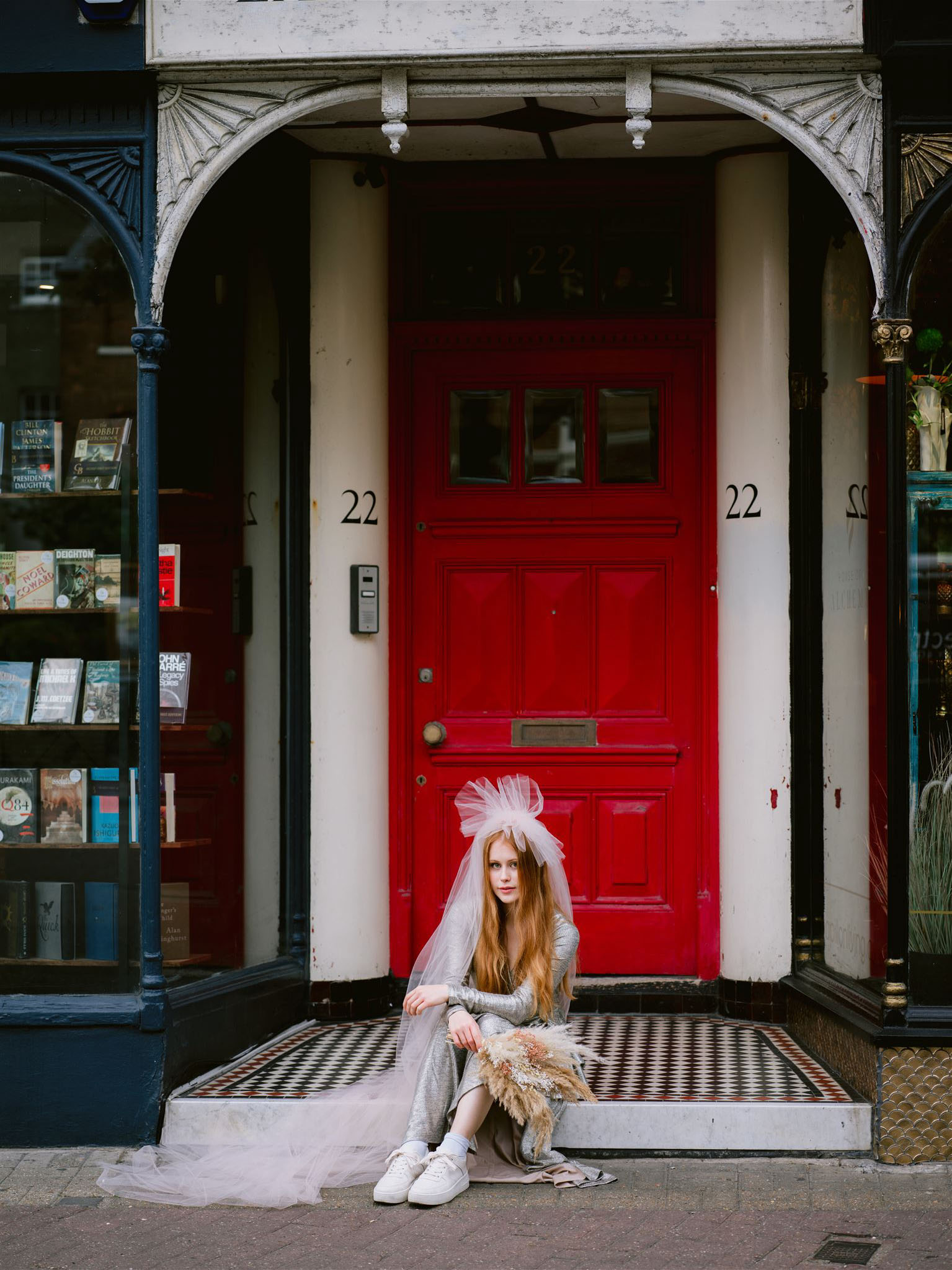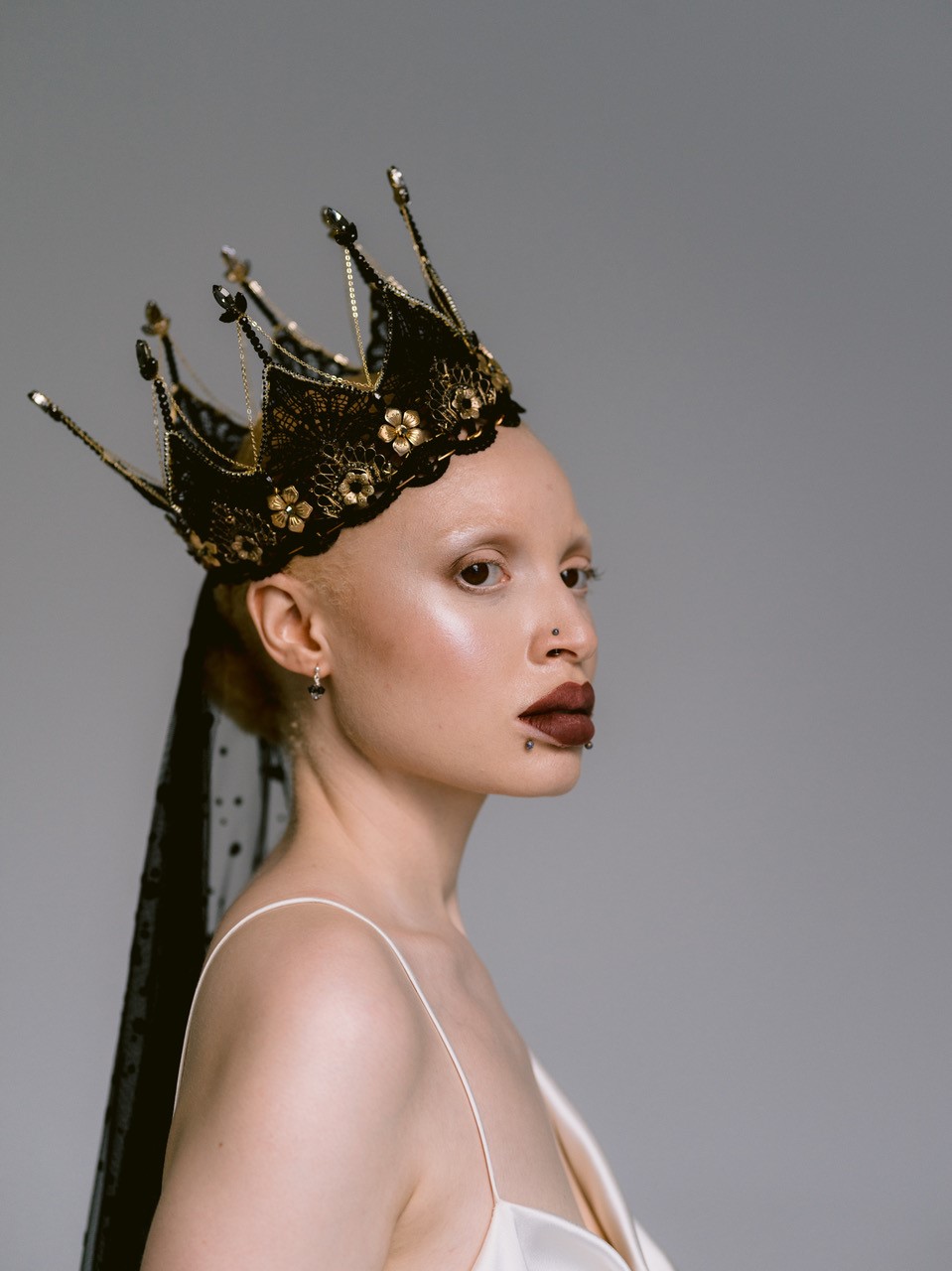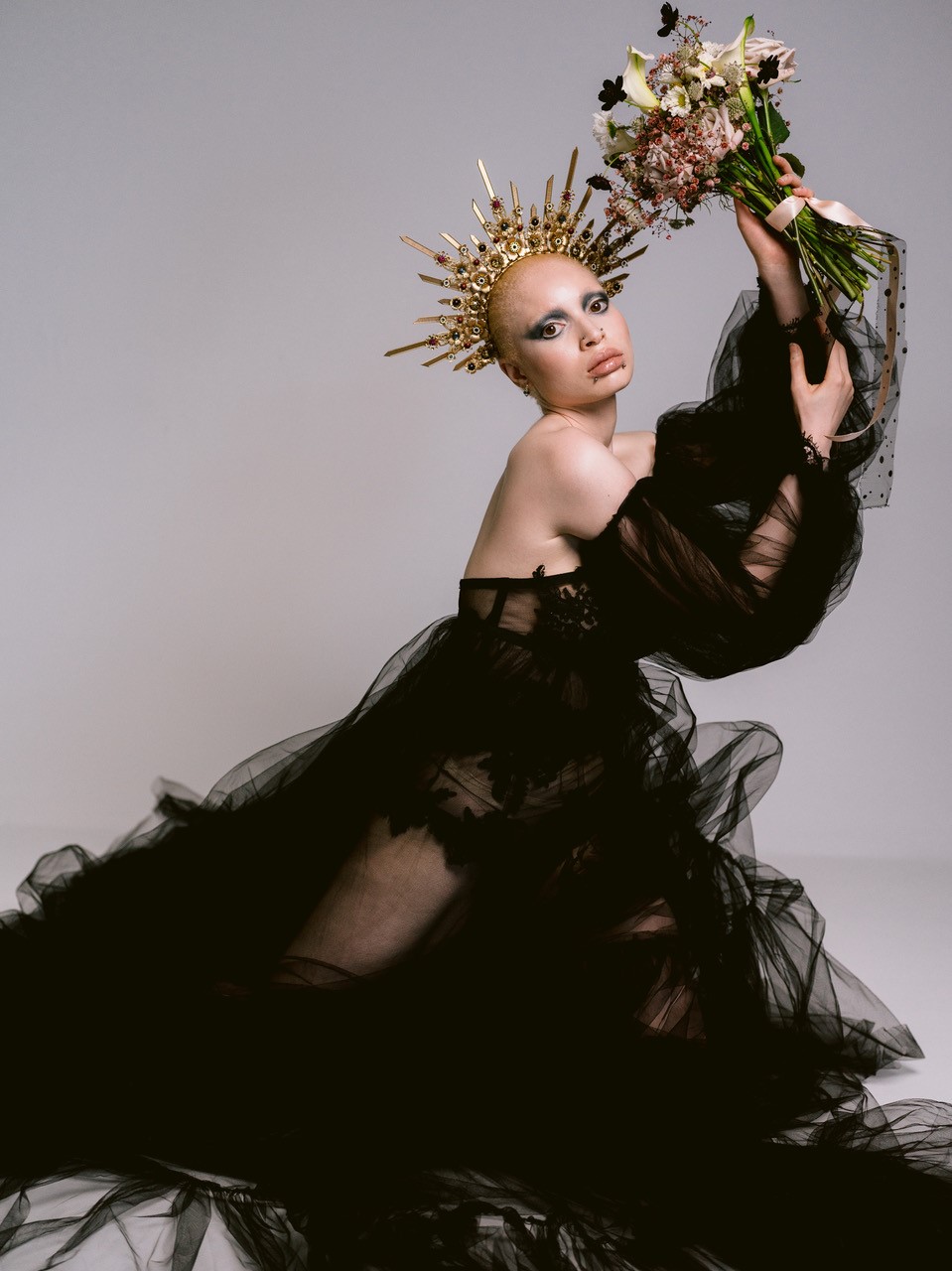Lisa Devlin opens up about love, life and her background in photography
"We need to be more visible as women so that others feel that they too have a place in the industry" says Lisa Devlin

Born and raised in Northern Line, wedding photographer Lisa Devlin is no stranger to recognition for her work. In 2010 she became the first photographer to be awarded the British Journal of Photography’s Wedding Photographer of the Year award and this year she has been recognized as a Hasselblad Heroine.
For more than 10 years, Lisa worked as a music photographer and only ended up shooting weddings when her agent got married. She’s an advocate for the LGBTQIA+ community, disabled people and those from minority backgrounds and uses photography as a way of being more inclusive.
• These are the best cameras for wedding photography
Now living in Brighton, UK, with her husband, children and pets, Lisa spends her time not only shooting weddings but helping other people achieve their dreams through Photography Farm – a school for aspiring wedding photographers. With more than 20 years of experience in the industry, Lisa provides mentoring, portfolio building days, tons of useful tutorials, resources and a variety of online events to inspire people.
Following the Hasselblad Heroines announcement we got in contact with Lisa to find a bit more about what inspired her to pick up photography, start shooting weddings and whether she has a favorite shoot.

How old were you when you first took up photography?
I was 19 year old.
Get the Digital Camera World Newsletter
The best camera deals, reviews, product advice, and unmissable photography news, direct to your inbox!
Who or what inspired you to do so?
I was one of those arty kids that always had a camera but despite spending a summer working for my local tourist board as a photographer, I didn’t think it was the career for me. When I left school, I went to art college for something called a Foundation Year. This is meant to help you decide which specialism to go into for your degree.
I completed my foundation year feeling more confused than when I began. Instead of the degree, I got myself out into the world, trying out a few things as work experience, including assisting a fashion stylist on a shoot for The Face magazine. In the studio that day, I realized that it wasn’t fashion that I was obsessed with, it was the imagery.
I also recognized that while I had no idea what the stylist was doing, I did understand what the photographer was doing. It was the first time I envisioned myself as a photographer and from that point on, it was what I pursued. I spent the next 10 years working as a music industry photographer, then I switched to weddings in 2000 when my agent got married. Incidentally, the photographer in the studio that day was Mario Sorrenti, shooting his unknown teenage girlfriend, Kate Moss.
Do you have a favorite photo or project you've worked on?
Ha, that’s like saying do you have a favorite child! I shoot for a bridal magazine called Rock n Roll Bride. I first met the editor, Kat Williams when I submitted a wedding to her that featured two grooms. I emailed her saying would you ever publish a wedding with no bride?
It turns out that Kat was very passionate about representing diversity and that sparked our collaborative working relationship. Our shoots have featured models who are from all kinds of minorities including different ethnicities, disabilities, LGBTQ+ and the first trans woman on the cover of a bridal magazine. I’m super proud of our shoots.
Our deliberate policy has always been that the point of the shoot isn’t anything to do with their diversity; for instance with Talulah-Eve, our transgender model, the shoot was about neon lighting, and with Nan, a non-binary albino model, the styling was gothic.

If you could give one piece of advice to your younger self, what would it be?
Start thinking now of something witty to say to Robert Smith because you will work with The Cure for an entire weekend and not one sensible word will cross your lips.
What does it mean to you on being chosen as a Hasselblad Heroine?
It’s an incredible honor to be selected, I am in awe of the women who have gone before me and the others in my cohort for 2022. It’s made me feel determined to pay this forward for other women coming into photography.
It’s incredulous that such an obvious bias still exists and this is why I run my own conference for wedding photographers and why I write a column in a photography magazine. It’s why I apply to speak at The Photography Show – because it’s not enough to be annoyed by the imbalance. We need to be more visible as women so that others feel that they too have a place in the industry. Hats off to Hasselblad for creating this program and for giving us such a high-profile voice.
What has been your biggest obstacle in getting to where you are?
I’m not sure obstacle is the right term; this implies a block and when I’ve run into those I’ve tried to figure out an alternative route. Like when I sent my very first portfolio to a pop magazine and was told that they had a flat policy of not hiring female photographers. It was annoying to not even be considered so I blurred my gender by removing the Lisa part.
Next time my book went in, it just said Devlin and this was the name I used for my entire music career. Whenever I’ve felt that a door is closed to me, I look for another door and if there isn’t one, I see if I can build my own door.
Read more:
Best Hasselblad lenses
Best medium format cameras
10 queer photographers you should follow on Instagram
Addressing the issue of gender inequality in the photography community

Having studied Journalism and Public Relations at the University of the West of England Hannah developed a love for photography through a module on photojournalism. She specializes in Portrait, Fashion and lifestyle photography but has more recently branched out in the world of stylized product photography. Hannah spent three years working at Wex Photo Video as a Senior Sales Assistant, using her experience and knowledge of cameras to help people buy the equipment that is right for them. With eight years experience working with studio lighting, Hannah has run many successful workshops teaching people how to use different lighting setups.
